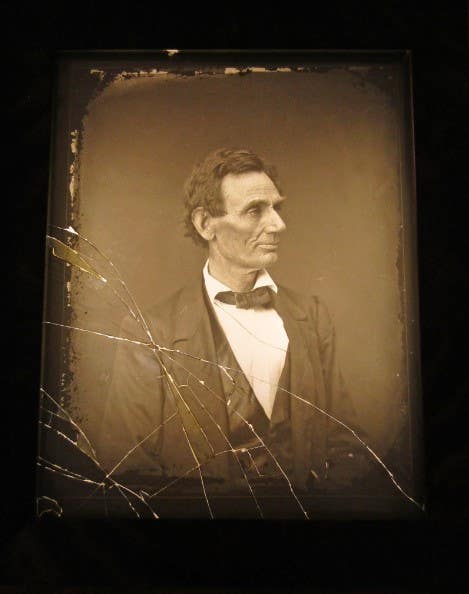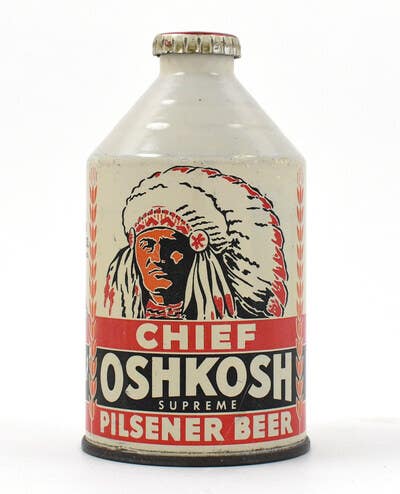Ten Things You Didn’t Know: Pyrex
This year marks the 100th anniversary of the arrival of Pyrex bakeware on shelves of department stores across the U.S. In addition to being a popular form of cookware, Pyrex is also a sentimental favorite of collectors as well, as explored in the latest 10 Things You Didn’t Know column.
1 A vintage bi-fold cardboard easel back store window display for Pyrex, in good condition with some discoloration and edging, measuring 27-1/2 by 21-1/2 inches, sold
for $150 at auction in April 2014, through Showtime Auction Services.
2 Pyrex is made of a glass designed not to expand with changes in temperature (tempered Borosilicate). The composition of glass was originally created by scientists for use in laboratory glassware, railroad lanterns and battery jars.
3 On Pinterest, there are nearly 500 boards dedicated to Pyrex.
4 A lot consisting of a nesting set of three Pyrex, a brown milk crock, a green mixing bowl and brown and white mixing bowl, measuring between 4-1/4 inches and 6-3/4 inches tall by 9 and 11-1/2 inches in diameter, realized $90 in August 2014, through Joe R. Pyle Auctions.
5The idea for Pyrex cookware came about in an unexpected way when, in 1913, the wife of a Corning Industries scientist asked her husband to bring home some glass to replace a recently cracked casserole dish. He brought home the bottom of a battery jar, which she used to bake a cake, and in turn inspired the development of Pyrex cookware.
6 A popular and detailed site about Pyrex is www.pyrexlove.com. Among the most helpful pages on this site is the pattern reference page. About 150 patterns are pictured, along with a description of the pattern and the items made in this pattern.
7 In 1915, two years after the scientist and his wife inspired the research and development of a glass baking dish, Pyrex bakeware was made available at hardware and department stores across the U.S.
8As Pyrex launched during World War I, a key message the company incorporated in its advertising campaign was baking with glassware helps to save valuable wartime commodities. One of the marketing messages was, “It saves labor and fuel, it makes food more appetizing and the table more inviting, for you to bake and serve in the same dish.”
9Just four years after Pyrex bakeware became available to the public, more than 4.5 million pieces had been sold.
10IAntiqueOnline.com features an active discussion forum devoted to Pyrex and is led by moderator Barbara E. Mauzy, author of “PYREX: The Unauthorized Collectors’ Guide” (Schiffer Books, 2008).








